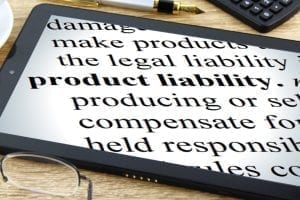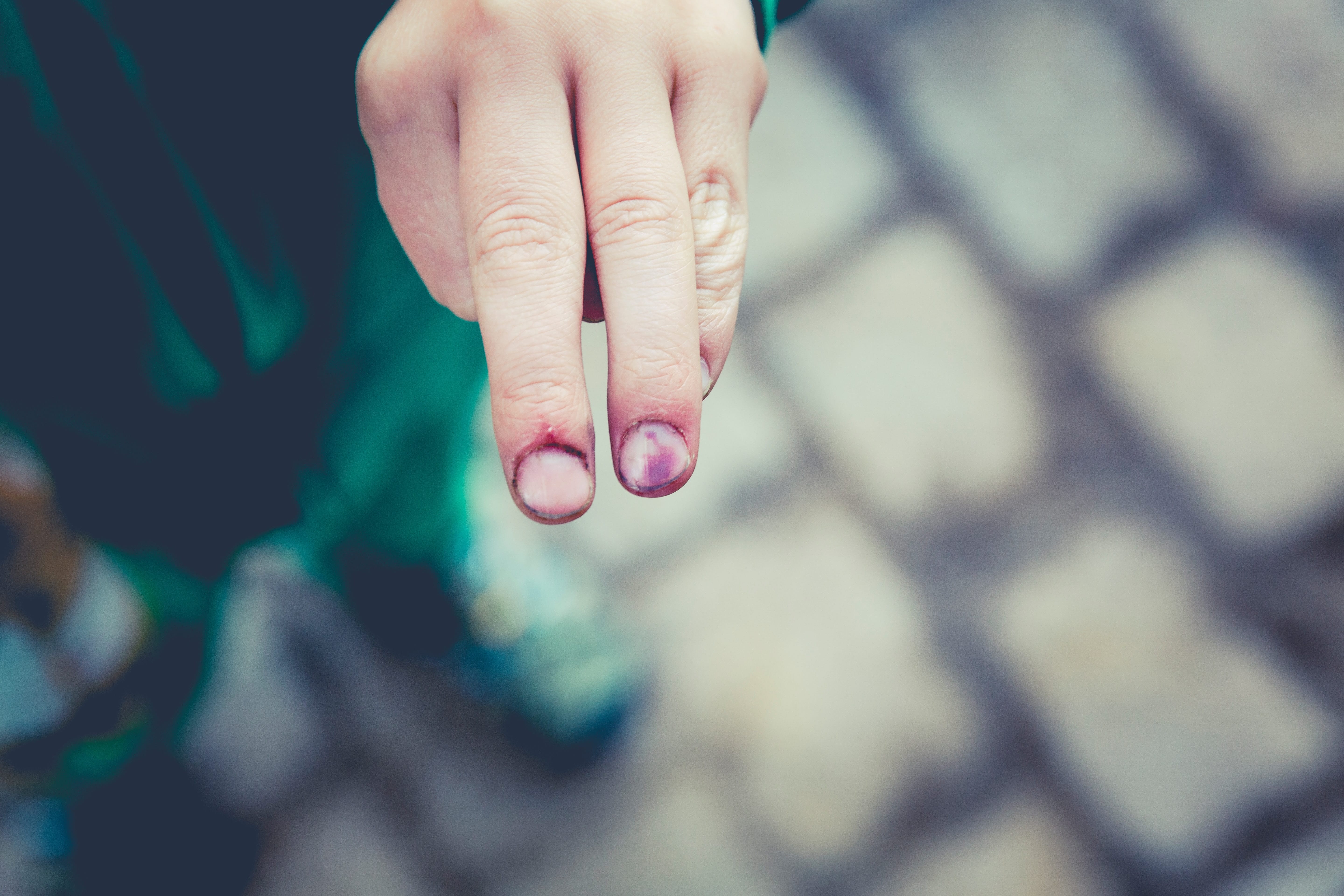Remember, some liability cases may be settled even before a full-blown case kicks off. If they do get lodged in the court, it could take years to resolve as well-funded manufacturers will do anything to keep their reputation intact.
Manufacturers have the responsibility of ensuring that their products make their consumers’ lives easier, not ruin them. Yet, despite the technological advancements, mistakes could happen in factories, inadvertently producing defective products.
In some cases, product makers are fast enough to recall items that pose safety risks to consumers. Unfortunately, in some cases, someone gets hurt first before the issue sees the light of day.
Product liability settlements may cost millions in damages. It’s not surprising, then, that some companies go to great lengths to avoid legal settlements.
If you’ve been injured because of a faulty merchandise, you have the right to sue under the product liability laws. Brush up on your knowledge about the law with this handy guide.
- Find Out What Product Liability Is
Contrary to its name, manufacturers, distributors, and all members of the supply chain may be covered by the product liability law. As such, the law holds these stakeholders responsible for any injury or inconvenience faced by consumers due to a defective product.
If an item or any of its components is on the blink, its manufacturer may be held liable under the common law of negligence, more commonly known as the Consumer Protection Act (CPA). This branch of legal regulations falls under personal injuries. If you want to know more about personal injury cases and the legal experts who can represent your interests in court, you may visit site containing such pieces of information.
- Discover What Types of Product Liability Cases are Worth Pursuing
Before reaching out to personal injury lawyers in your area, it’s worth finding out if the situation you’re in can hold up in court.
Under CPA, product makers and distributors may be sued for negligence in the event of an injury, damage to property, or, worse, death.
Product liability cases can be complex and costly to prove—typically needing expert testimonies and volumes of documents to be examined and submitted in courts. A product liability lawyer will have to evaluate the case before deciding whether to push through with the case or not.
Often, incidents involving serious injuries, as well as actual and potential loss of lives, are considered. For instance, defective tires can cause serious and potentially fatal problems. Anyone who’s been hurt in any way can file a complaint before the proper agencies. The key to winning a product liability case is establishing, without a doubt, that the product in question is faulty, and that it caused serious harm to you, a family member, or your property.
- Identify What Makes a Product ‘Defective’
Finding out which types of instances can be worth pursuing is one thing. Knowing who among the supply chain actors may be held responsible for the damages is another.
There are different types of product liability claims, but they can be loosely covered by three major classifications.
- Manufacturing Defect
These problems often stem at the manufacturing stage, wherein the raw materials used were of poorer quality than the rest, or the machine suffered from snags while being used. This is often the most common cause of injuries and other serious issues.
- Design Defect
While manufacturing defects can, sometimes, be isolated, a defective design is more perilous in that it’s an inherent flaw in the product line. For instance, you could get a water heater that can electrocute users once you turn it on. Unlike most common product liability cases, wherein you need to prove product deficiency and its dangerous consequences, a plaintiff who wants to use this angle needs to prove to the court that the product is flawed and that the potential hazards are far more apparent than its serviceability.
- Insufficient Instructions or Warnings

Product Liability by Nick Youngson, CC BY-SA 3.0, Alpha Stock Images, no changes.
In some cases, the merchandise may have been safe and flawless, but unfortunate incidents still took place because the company failed to issue appropriate instructions or warnings to ensure safe use.
- Prepare to File a Lawsuit
A product liability case may entail a lot of cost and time. And, the demand for legal services is quite high, being that the products covered is as vast as the kind of products available on the market.
But, pursuing a case is not a lost cause. You can take the following steps as a good start:
- Look for a skilled lawyer who specializes in settling cases involving the ‘defective’ product of your concern.
- Once you’ve found a lawyer who agrees to represent you in court, discuss how to gather evidence for the trial.
- Decide whether you need to pursue the claim individually, or as part of a class action lawsuit. The latter, understandably, can take time, but you may receive a windfall once the court decides on your favor. A class action may not be applicable if you’ve had an unusual injury that’s different from everybody else’s.
Final Thoughts
When filing a product liability case, there are many elements that you need to consider. Hopefully, this article has helped you decide the best action to take moving forward.
Remember, some liability cases may be settled even before a full-blown case kicks off. If they do get lodged in the court, it could take years to resolve as well-funded manufacturers will do anything to keep their reputation intact.


Join the conversation!